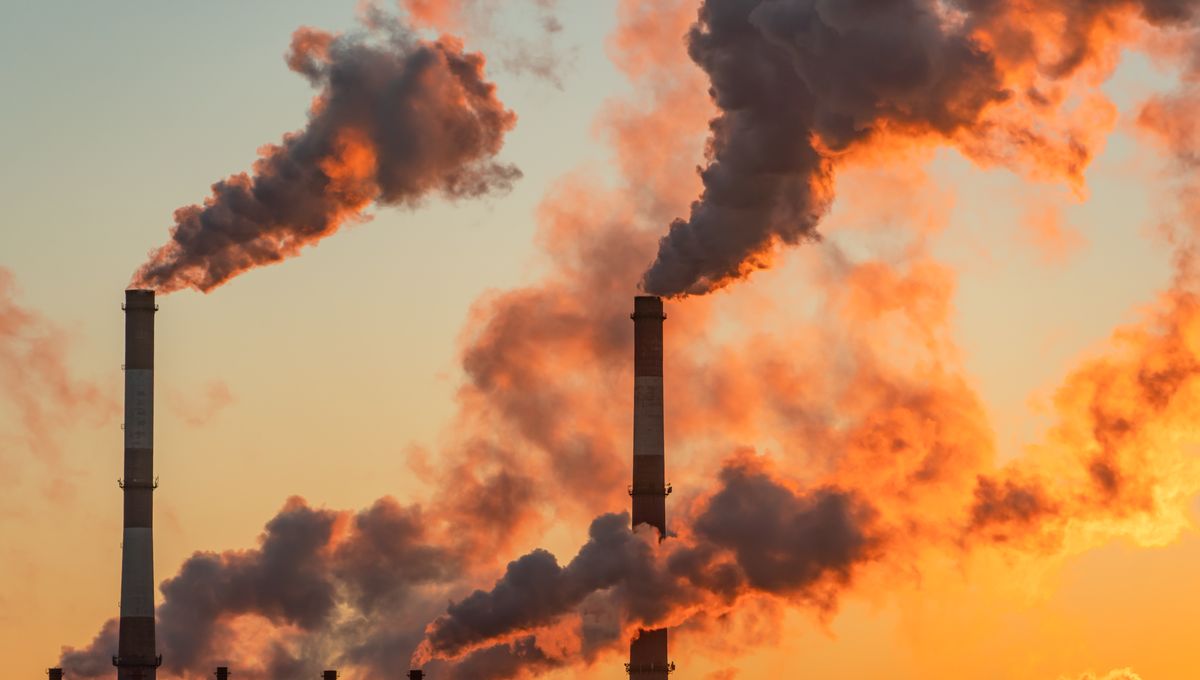
The amount of heat accumulating near the surface of the planet is currently more than twice as high as even the best climate change models could have predicted, indicating that there may be a major piece of the puzzle missing in our calculations. Yet as scientists scramble to get their heads around the record-breaking data, budget cuts are threatening to thwart all efforts to monitor the situation and find a solution.
The problem relates to the planet’s energy imbalance, which refers to the discrepancy between the amount of heat that enters our atmosphere from the Sun and the amount emitted or reflected back into space. As greenhouse gas emissions continue to rise, more and more of this energy becomes trapped, resulting in an imbalance.
Climate change models are designed to take this into account, calculating the size of this imbalance based on the amount of carbon in the atmosphere. During the first decade of this century, for instance, the imbalance was around 0.6 watts per square meter, yet by 2023 this had shot up to 1.8 watts per square meter.
Worryingly, this figure completely breaks all existing climate models, and is more than double the value that would be expected based on current levels of greenhouse gas emissions. Reporting the alarming rise, the authors of a new study say that the “trend has taken us by surprise,” and that “the continued rise in the energy imbalance since 2020 leaves us with little doubt that the real world signal has left the envelope of model internal variability.”
Essentially, it’s this escalating energy imbalance that causes global warming, as more heat becomes trapped on Earth and drives up the temperature of the land, air, and oceans. The upshot of this new data is that the planet may be more sensitive to rising greenhouse gases than existing models imply, although the mechanisms underlying this sensitivity remain unknown.
“The root cause of the discrepancy between models and observations is currently not well known, but it seems to be dominated by a decrease in Earth’s solar reflectivity,” write the researchers. For instance, a decrease in cloud cover – combined with the shrinking of the polar ice caps – may reduce the planet’s capacity to reflect sunlight back into space.
One thing’s for sure, though: we urgently have to figure out why this is happening so that we can come up with a plan to remedy it. Our ability to do so will largely depend on how effectively we monitor the data, yet as key satellites become decommissioned, the study authors warn that we could soon find ourselves with a reduced capacity to track the energy imbalance.
At present, the situation is measured using four different satellites that form part of NASA’s CERES mission, in combination with the total solar irradiance (TSIS-1) instrument onboard the International Space Station. However, in 2027, CERES is due to be replaced by the follow-on Libera mission, which will include a single satellite capable of monitoring Earth’s energy imbalance.
As the researchers point out, this leaves us with little room for error, as any failures with the satellite equipment could result in major gaps in the data, thus compromising our ability to fix this global crisis.
The study has been published in the journal AGU Advances.
Source Link: Earth’s Energy Imbalance Is More Than Double What It Should Be – And We Don’t Know Why